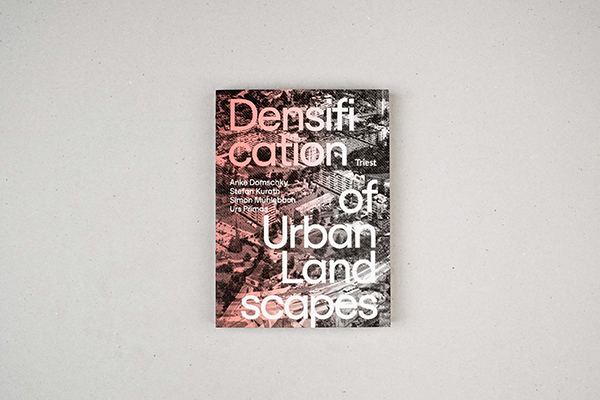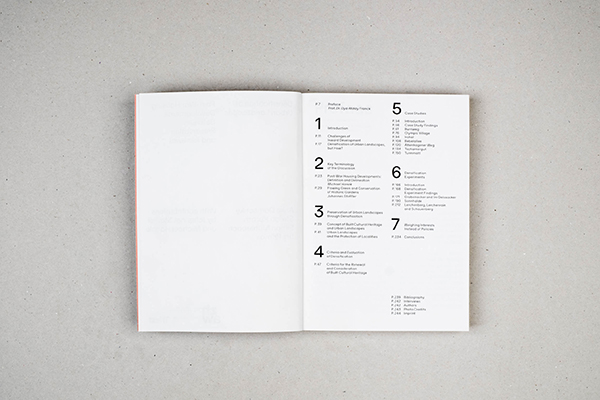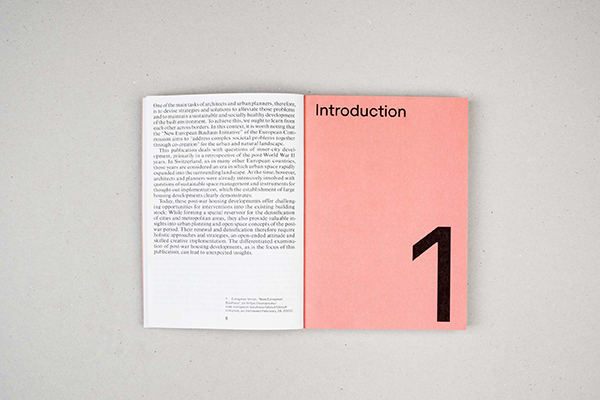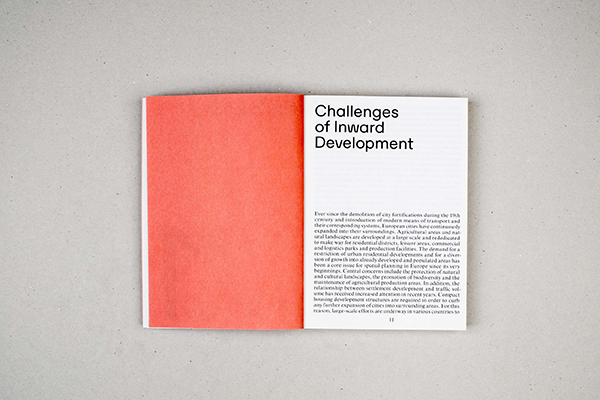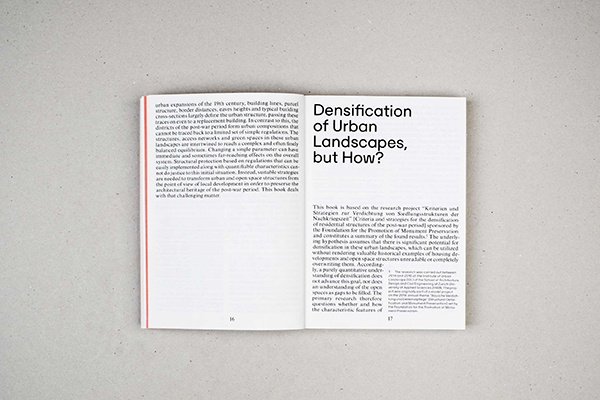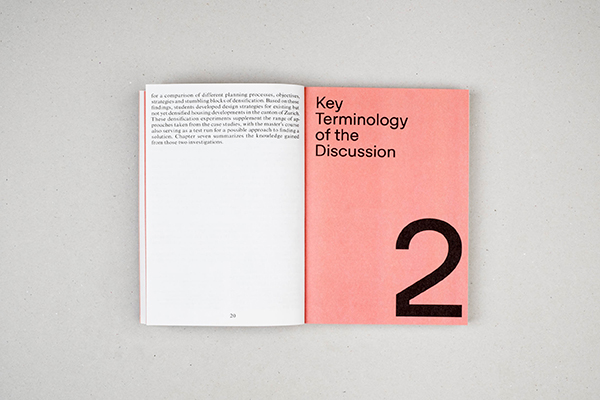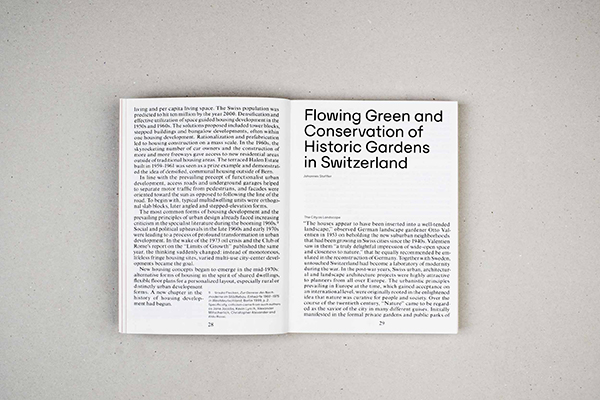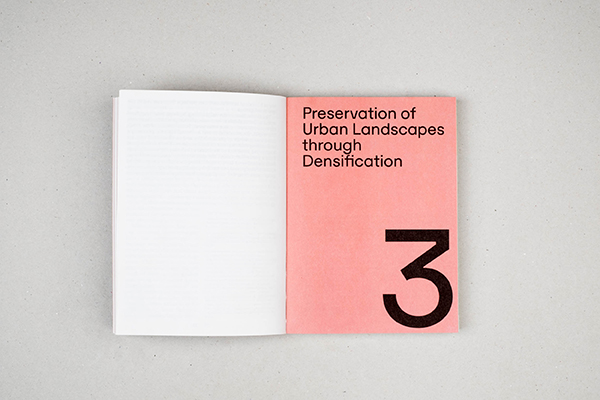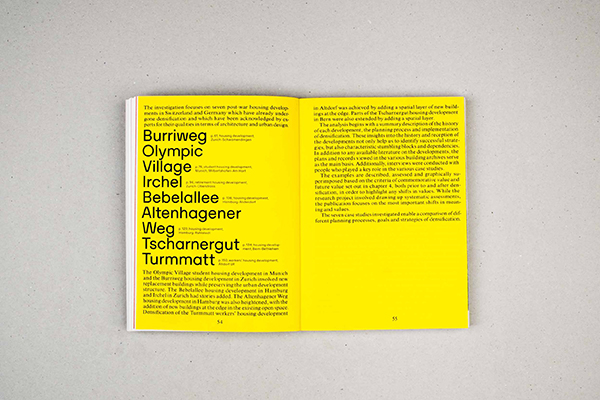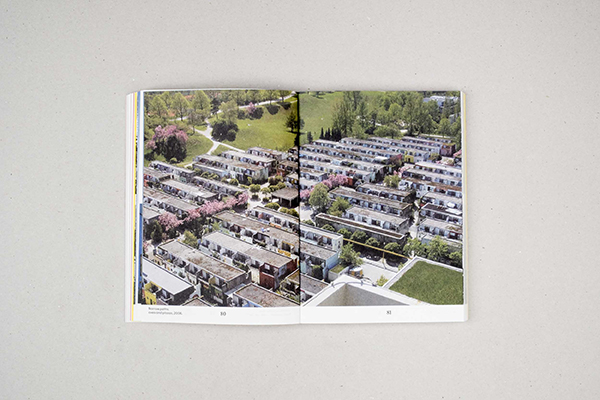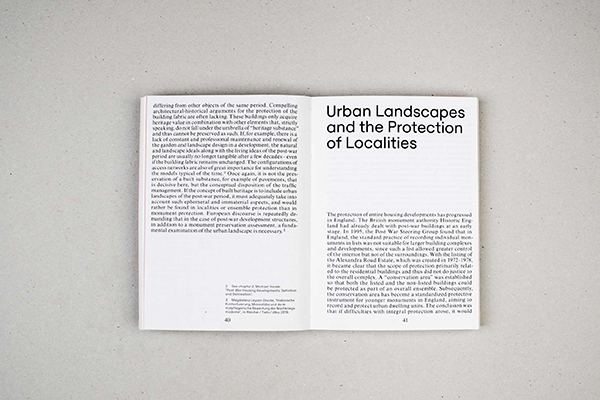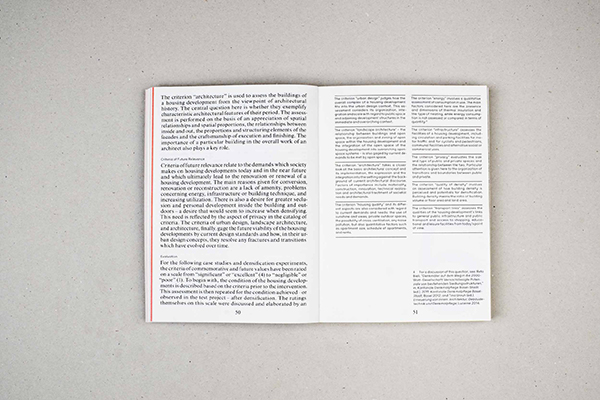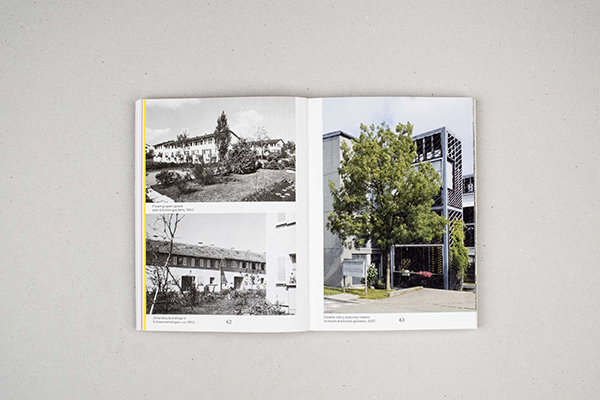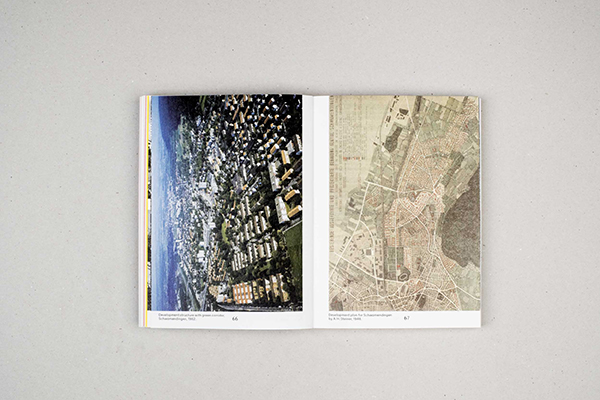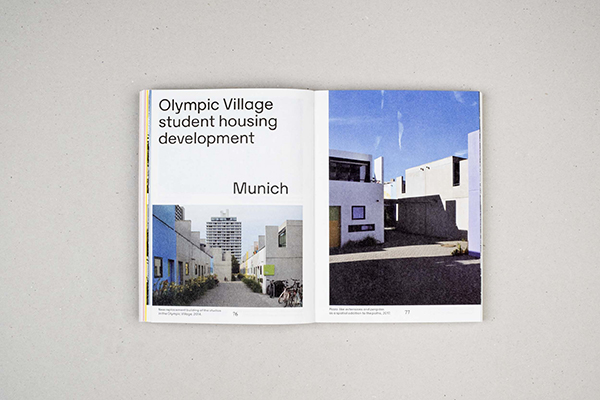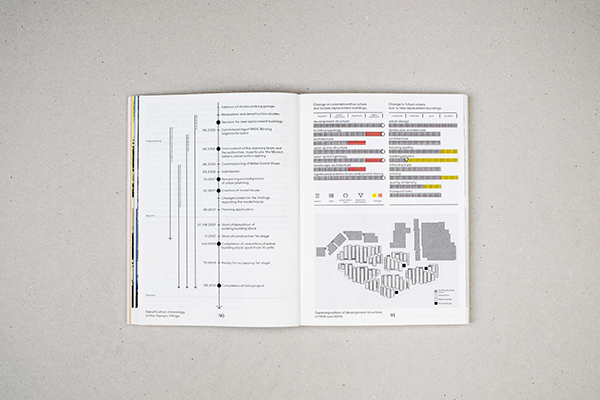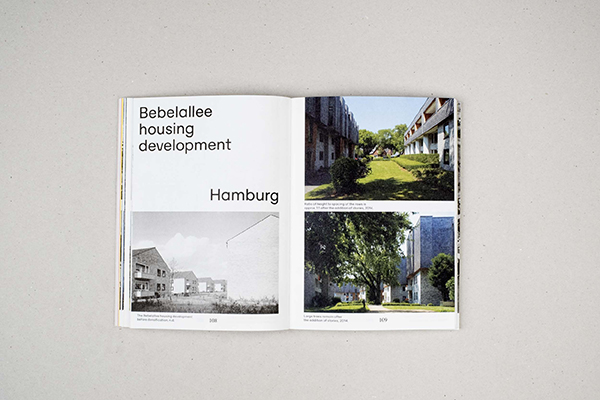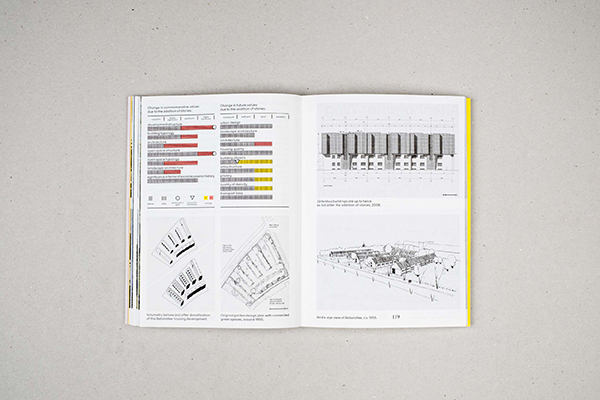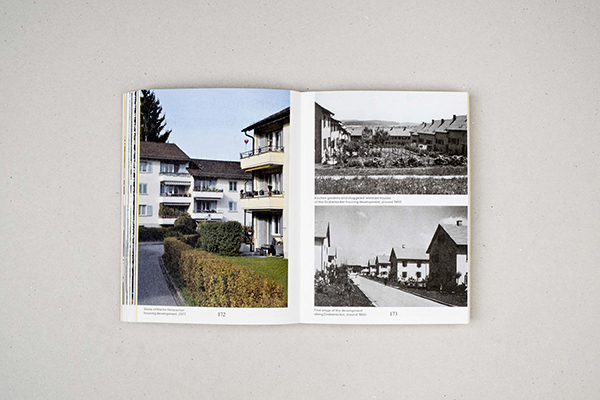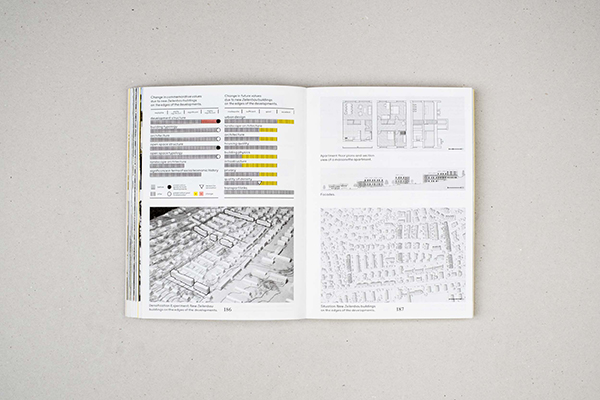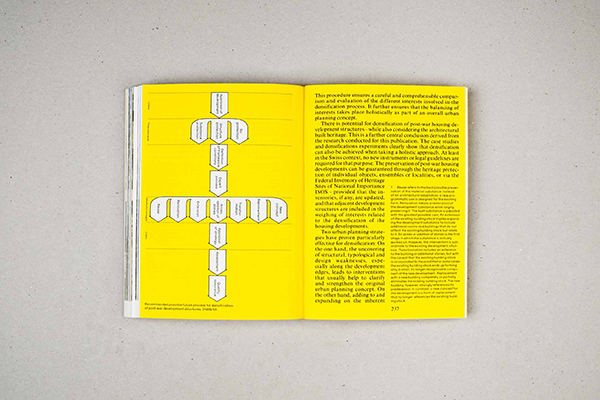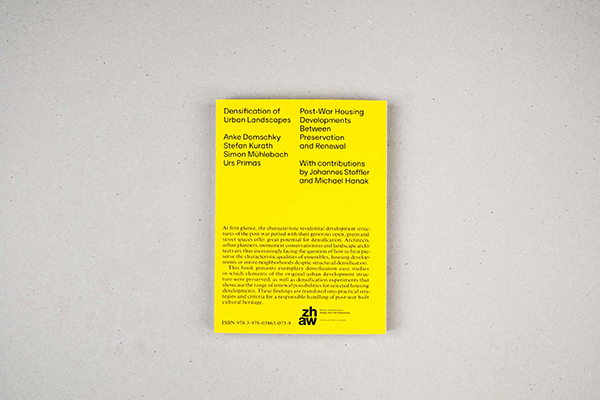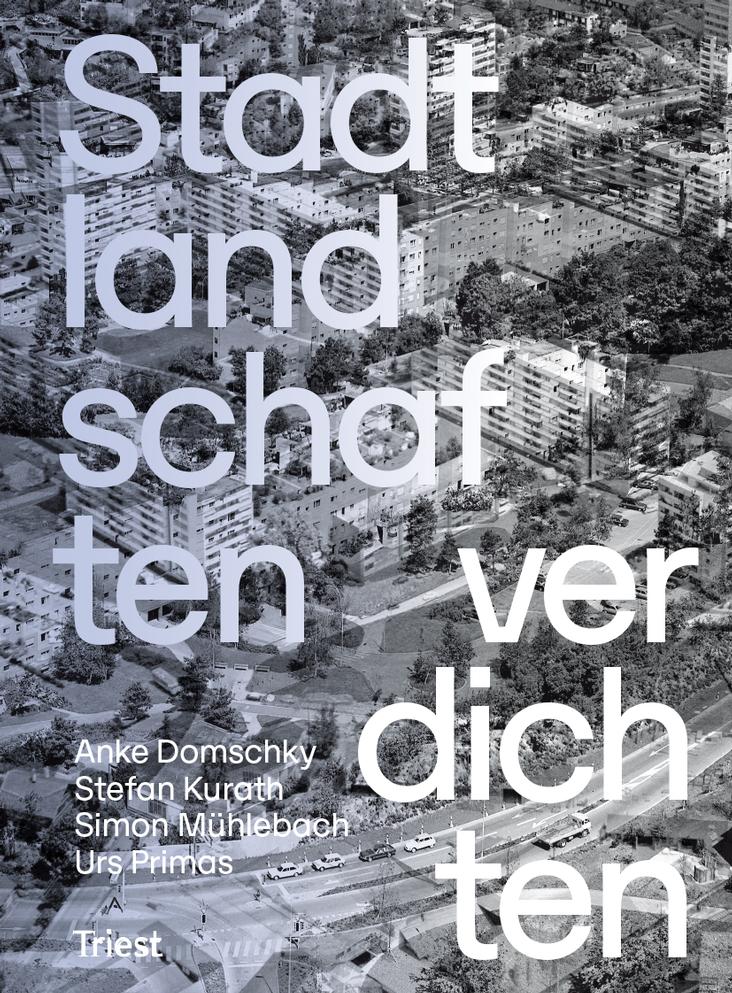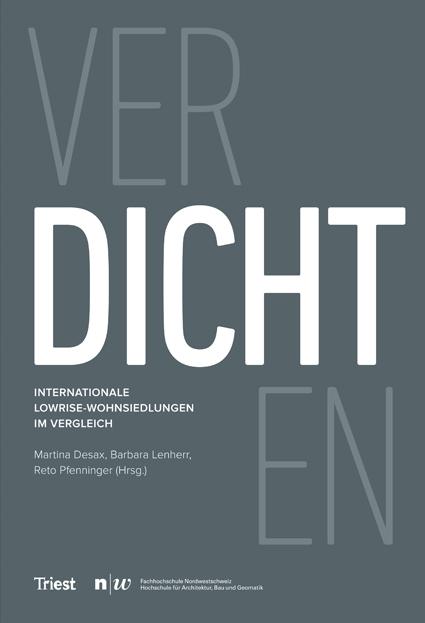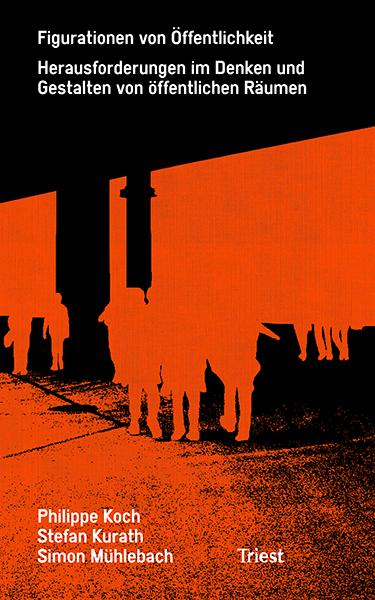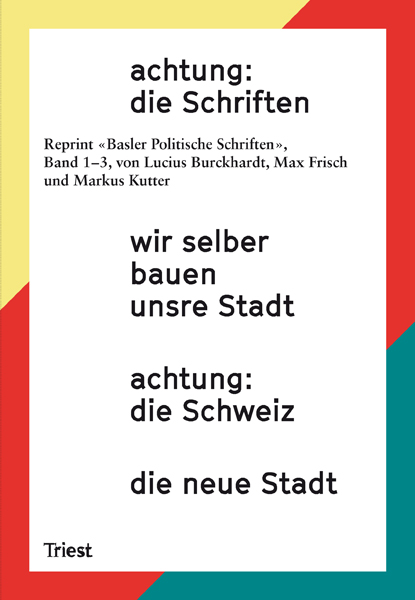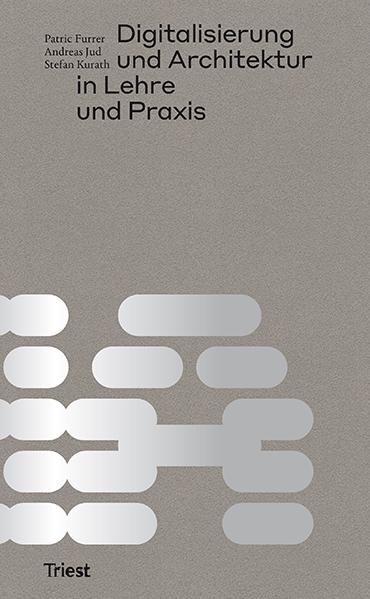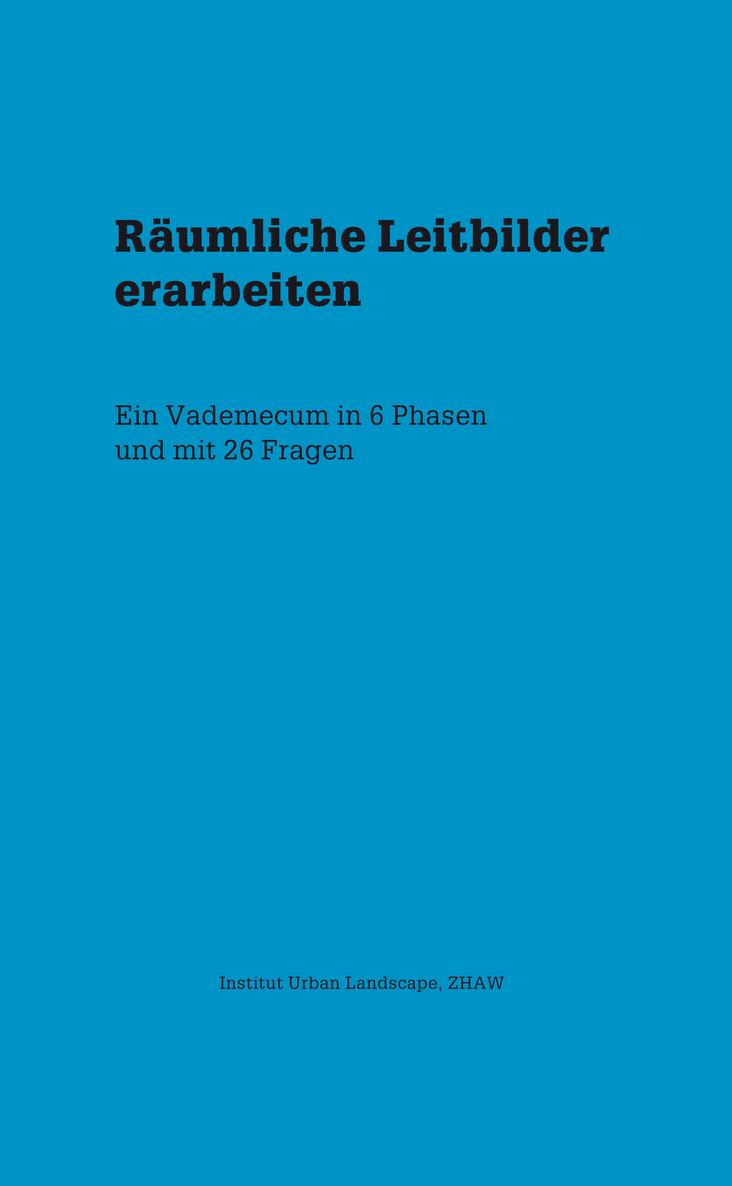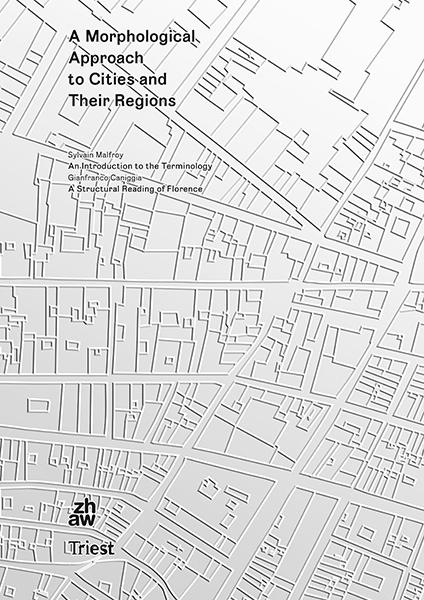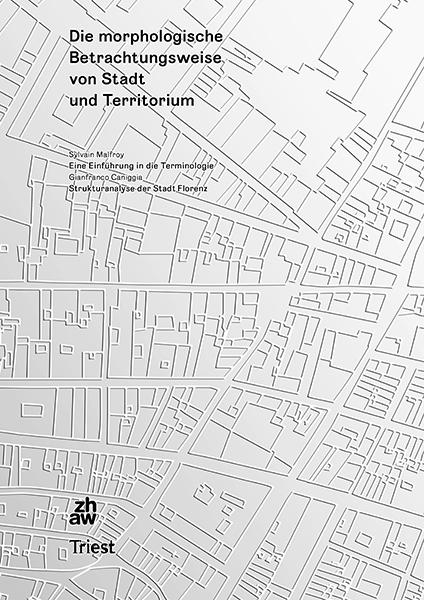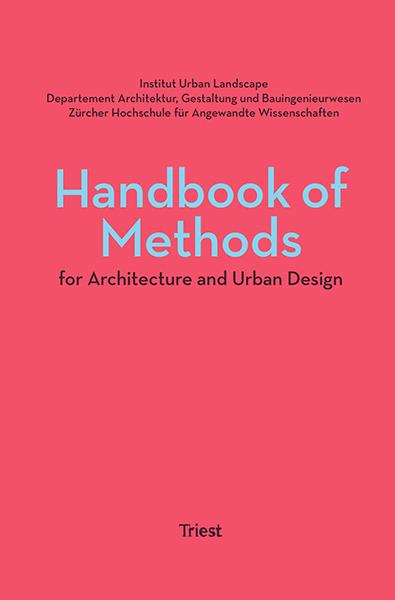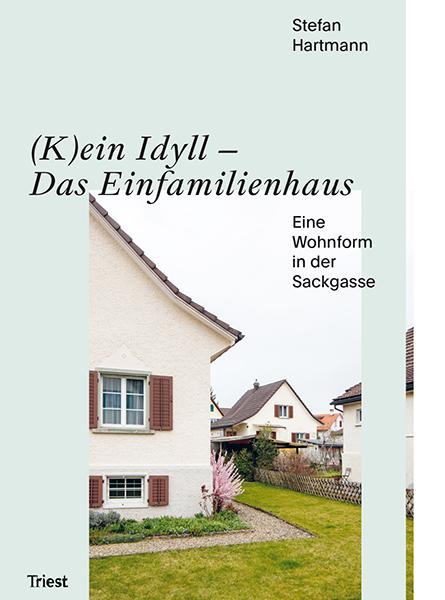ZHAW (eds.), Anke Domschky, Stefan Kurath, Simon Mühlebach, Urs Primas
Densification of Urban Landscapes
Post-War Housing Developments Between Preservation and Renewal
Book design: Bonbon, Zurich
Euro (D) 39.– / Euro (A) 40.–
English edition
240 pages, ca. 200 images and plans, 14 × 19 cm, softcover
Euro (D) 39.– / Euro (A) 40.–
Available
ISBN
978-3-03863-073-9
→ Post-war developments investigated: Burriweg, Zurich; Olympiadorf, Munich; Alterssiedlung Irchel, Zurich; Bebelallee, Hamburg; Altenhagener Weg, Hamburg; Tscharnergut, Bern; Arbeitersiedlung Turmmatt, Altdorf UR
Schauenberg, Lerchenberg and Lerchenrain, all in Zurich; Sonnhalde in Adlikon, Regensdorf; Grabenacker and Geissacker in Winterthur
Post-war residential developments across Europe, which make up the majority of housing stock, are under pressure to develop further. How to deal with those dwellings has thus become one of the core questions on building among existing building stock. Most of them are in need of renovation and, due to their urban composition, are accompanied by large open spaces, which seem to provide easily developable structures.
At the same time, these developments and quarters are valuable historic witnesses. Densification efforts should therefore always allow for the overall composition of the development.
Using selected, extensively documented case studies of densifications as well as densification experiments for yet to be densified developments, the editors show that inner-city densification is possible even when considering building culture, built heritage and commemorative values.
The publication shows procedures for a mindful definition of individual conservation goals that can serve as guidelines in the course of planning densification. Therefore, it not only offers valuable assistance in recognizing and maintaining the individual and often unique character of a residential
development, but also presents planning criteria that allow for a meaningful densification.About the Authors
Zurich University of Applied Sciences ZHAW, Departement Architektur, Gestaltung und Bauingenieurwesen, Institut Urban Landscape (editor)
Authors:
Anke Domschky studied landscape architecture at FH Erfurt and has a Master in Urban Studies from Bauhaus-Universität Weimar. Collaborator and project manager at planetage, Zurich. Since 2008 research assistant and assistant lecturer, since 2013 lecturer at IUL.
Stefan Kurath runs an architectural firm in Zurich and Grisons since 2005. Since 2012 professor of architecture and design and since 2014 director of the Institut Urban Landscape together with Regula Iseli.
Simon Mühlebach studied architecture at ETH Zurich, collaborator on archaeological building research for the cantonal monument preservation authorities of the city of Basel. Since 2014 research assistant at IUL and partner in the architectural firm Bach Mühle Fuchs, Zurich.
Urs Primas studied architecture at ETH Zurich. Since 2002 freelance architect in Zurich, teaches and researches at the Institut Urban Landscape at ZHAW. Since 2006 partner in the architectural firm Schneider Studer Primas, Zurich.
Authors:
Anke Domschky studied landscape architecture at FH Erfurt and has a Master in Urban Studies from Bauhaus-Universität Weimar. Collaborator and project manager at planetage, Zurich. Since 2008 research assistant and assistant lecturer, since 2013 lecturer at IUL.
Stefan Kurath runs an architectural firm in Zurich and Grisons since 2005. Since 2012 professor of architecture and design and since 2014 director of the Institut Urban Landscape together with Regula Iseli.
Simon Mühlebach studied architecture at ETH Zurich, collaborator on archaeological building research for the cantonal monument preservation authorities of the city of Basel. Since 2014 research assistant at IUL and partner in the architectural firm Bach Mühle Fuchs, Zurich.
Urs Primas studied architecture at ETH Zurich. Since 2002 freelance architect in Zurich, teaches and researches at the Institut Urban Landscape at ZHAW. Since 2006 partner in the architectural firm Schneider Studer Primas, Zurich.
DOWNLOAD Press Info Densification of Urban Landscapes EN ›
DOWNLOAD Waschzettel Densification of Urban Landscapes DE ›
DOWNLOAD Cover Densification of Urban Landscapes ›
